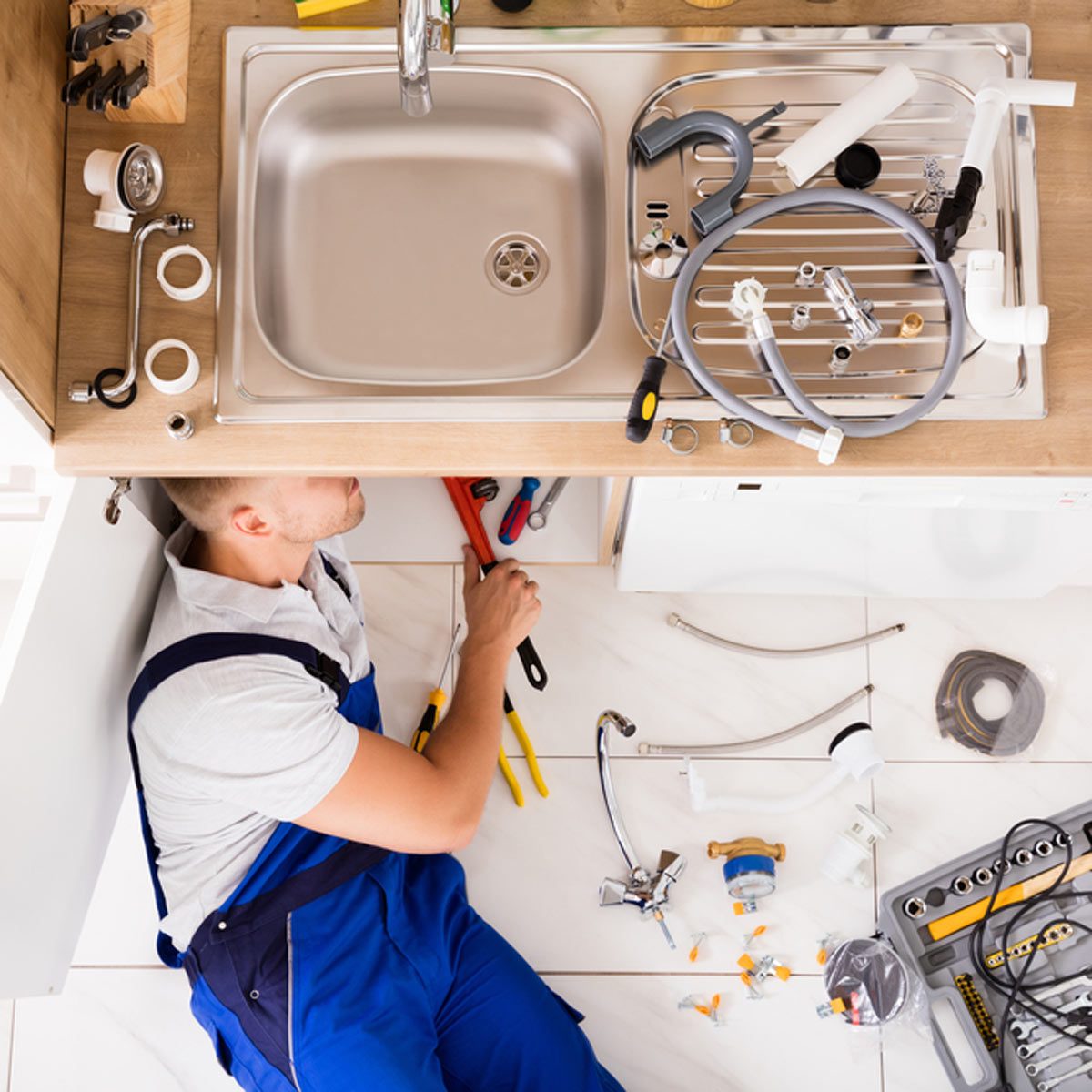The content below pertaining to Prevent Freezing and Bursting Pipes is absolutely compelling. Give it a go and draw your own personal ideas.

All home owners that reside in warm climates need to do their ideal to winterize their pipelines. It is something you have to do throughout fall before deep winter season absolutely starts. Failure to do so can lead to calamity like icy, split, or burst pipelines. Right here are some helpful winterizing hacks to keep your plumbing system protected even if the weather condition outside is shocking.
Try a Hair Clothes Dryer or Warmth Weapon
When your pipelines are almost freezing, your reliable hair dryer or warm weapon is a blessing. Bowling hot air directly into them may help if the hot towels do not aid dislodge any kind of working out ice in your pipes. Do not make use of other things that create direct fires like a strike lantern. This can lead to a bigger catastrophe that you can not manage. You may end up damaging your pipes while trying to melt the ice. And also in the long run, you might even wind up burning your residence. Be cautious!
Open Up Cabinet Doors Hiding Plumbing
When it's cool outside, it would be useful to open cupboard doors that are camouflaging your pipes. As an example, they could be someplace in your kitchen area or restroom. This will allow the cozy air from your heating system to circulate there. As a result, you protect against these revealed pipelines from freezing. Doing this small method can maintain your pipes cozy as well as limit the possibly harmful outcomes of freezing temperature levels.
Take Some Time to Wrap Exposed Water Lines
One easy and also cool hack to warm up freezing pipelines is to wrap them with warm towels. You can cover them initially with towels. After safeguarding them in position, you can pour boiling water on the towels. Do it gradually to let the towels absorb the liquid. You can additionally use pre-soaked towels in hot water, just do not neglect to put on protective gloves to secure your hands from the warmth.
Turn On the Faucets
When the temperature level decreases as well as it seems as if the frigid temperature will certainly last, it will certainly aid to switch on your water both inside your home and outdoors. This will certainly maintain the water flowing through your plumbing systems. Additionally, the activity will certainly slow down the cold process. Especially, there's no need to transform it on full blast. You'll wind up squandering gallons of water in this manner. Instead, go for regarding 5 decreases per minute.
When Pipelines are Frozen, close Off Water
If you see that your pipelines are entirely icy or nearly nearing that stage, turn off the main water valve immediately. You will usually locate this in your cellar or utility room near the heater or the front wall closest to the street. Turn it off as soon as possible to prevent further damages.
Do not forget to shut outside water resources, as well, such as your connection for the garden home. Doing this will stop added water from filling up your plumbing system. Unfortunately, with more water, even more ice will certainly pile up, which will ultimately lead to burst pipes. If you are unsure regarding the state of your pipelines this winter, it is best to call an expert plumber for an examination. Taking this aggressive strategy can conserve you countless dollars in repairs.
All property owners that live in warm environments need to do their best to winterize their pipelines. Failing to do so can mean calamity like frozen, fractured, or burst pipelines. If the warm towels do not help remove any clearing up ice in your pipelines, bowling hot air directly right into them might help. Turn off the major water shutoff promptly if you observe that your pipelines are entirely frozen or practically nearing that phase. With more water, more ice will certainly stack up, which will ultimately lead to break pipelines.
PREVENT YOUR PIPES FROM FREEZING THIS WINTER
A Leading Cause of Property Damage
When the weather is taking a deep nose dive into the cold dreary days, the risk of your pipes freezing and potentially bursting skyrockets. Unfortunately, during these cold dreary months, burst pipes are the most common denominator for property damage. The pipes that are most at the risk are those that are in areas where it is most cold in your home. For instance, pipes located in interior places such as basements, attics, and your garage. Unfortunately, that doesn’t mean that the pipes running through your cabinets or exterior walls can’t freeze. Good news, however, is that you can do things to help prevent pipes from freezing.
How to Prevent Pipes From Freezing
Once the temperature starts to drop during the winter, you should be taking the proper measures needed to ensure that your pipes stay warm and that there is circulation of water through them. Some steps that experts may recommend could go against your better judgement when it comes to saving water and heat. However, it would go without saying that when expenses are compared, damaged pipes could put a bigger dent in your wallet than a water bill.
What Can I Do?
- Keep your garage door closed. This is very important, especially if you have water supply lines running through your garage.
- Open your kitchen and bathroom cabinets to allow warm air to circulate through them.
- Allow air circulation throughout your home. Keeping the interior doors open will once again allow the warm air to circulate inside your home.
- Ensure your thermostat is running the same temperature throughout the night and day.
- If you plan to be away from home during the cold months, set your temperature no lower than 55° F. This should provide enough heat to keep the pipes warm and prevent any remaining water inside the pipes from freezing.
- For more of a long-term solution, add insulation to attics, basement, and other crawl spaces around your home.
- By allowing your faucet to drip, it will alleviate pressure in the system. This is important because the pressure that is created between the blockage and the faucet can potentially cause the pipes to burst. Allowing the faucet to drip will prevent the pressure from building up, therefore keeping the pipes from bursting.
- Seal any cracks, openings, and crawl spaces around your home to prevent cold air from coming inside. This keeps your pipes-not to mention your home-warmer and less susceptible to issues caused by freezing temperatures.
- For the pipes in your home that are easily accessible, applying electrical tape to them might prevent them from freezing over. This is a quick fix, as you can apply the tape directly to the pipe. There are two options for heating tapes. One turns on and off by itself when it senses heat is needed. The other type of heating tape needs to be applied when heat is needed and removed when not necessary. If you have exposed pipes in your home, you can check this website to take a look at a few options that would be available at a shop near you.

We were shown that report on Winterizing Your Pipes through a good friend on another web page. Enjoyed reading our entry? Please share it. Let somebody else check it out. Many thanks for taking the time to read it.
Get A Free Quote
Comments on “Smart Winterizing Solutions: Five Approaches to Protect Your Pipes in Cold Weather”